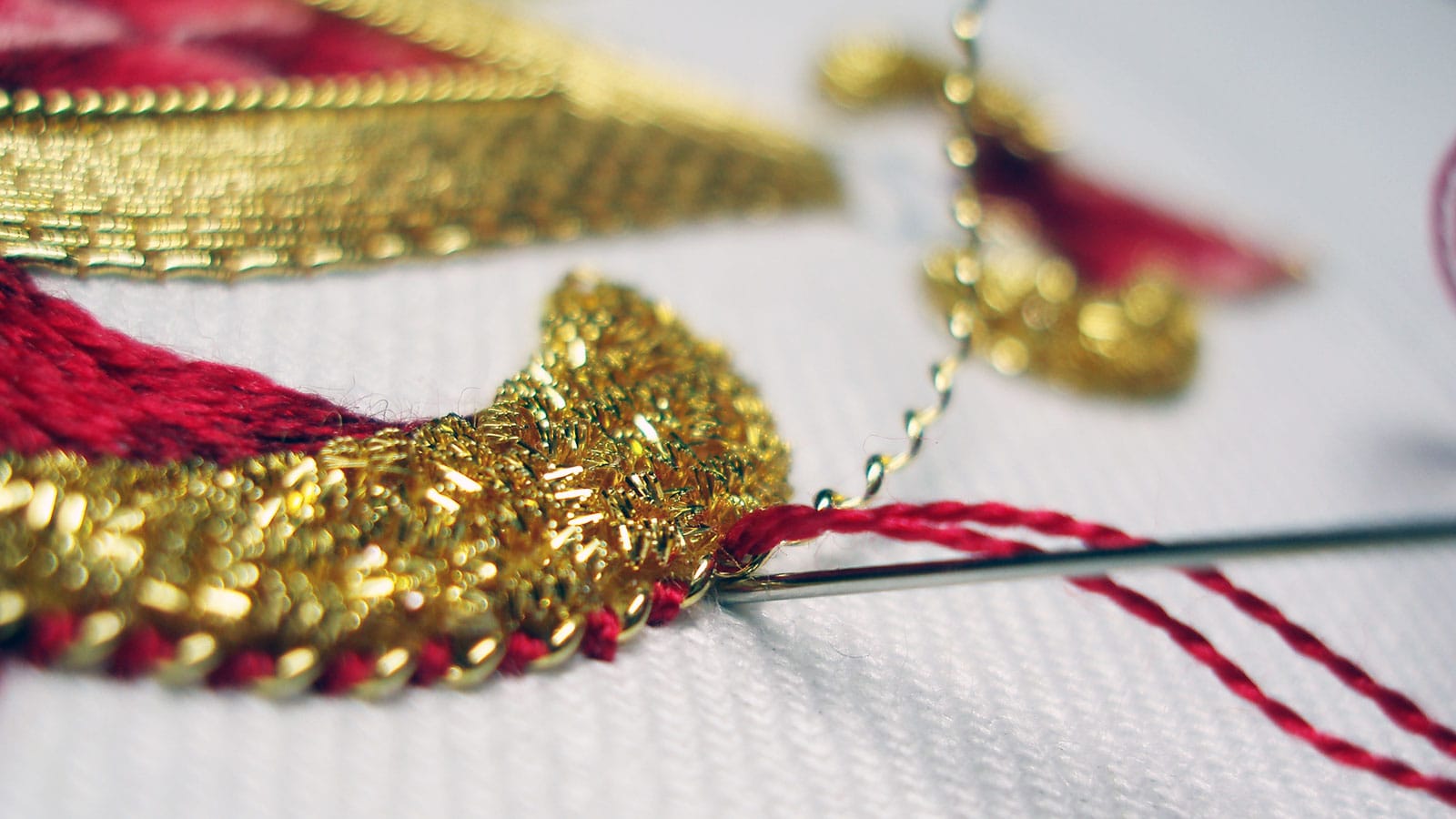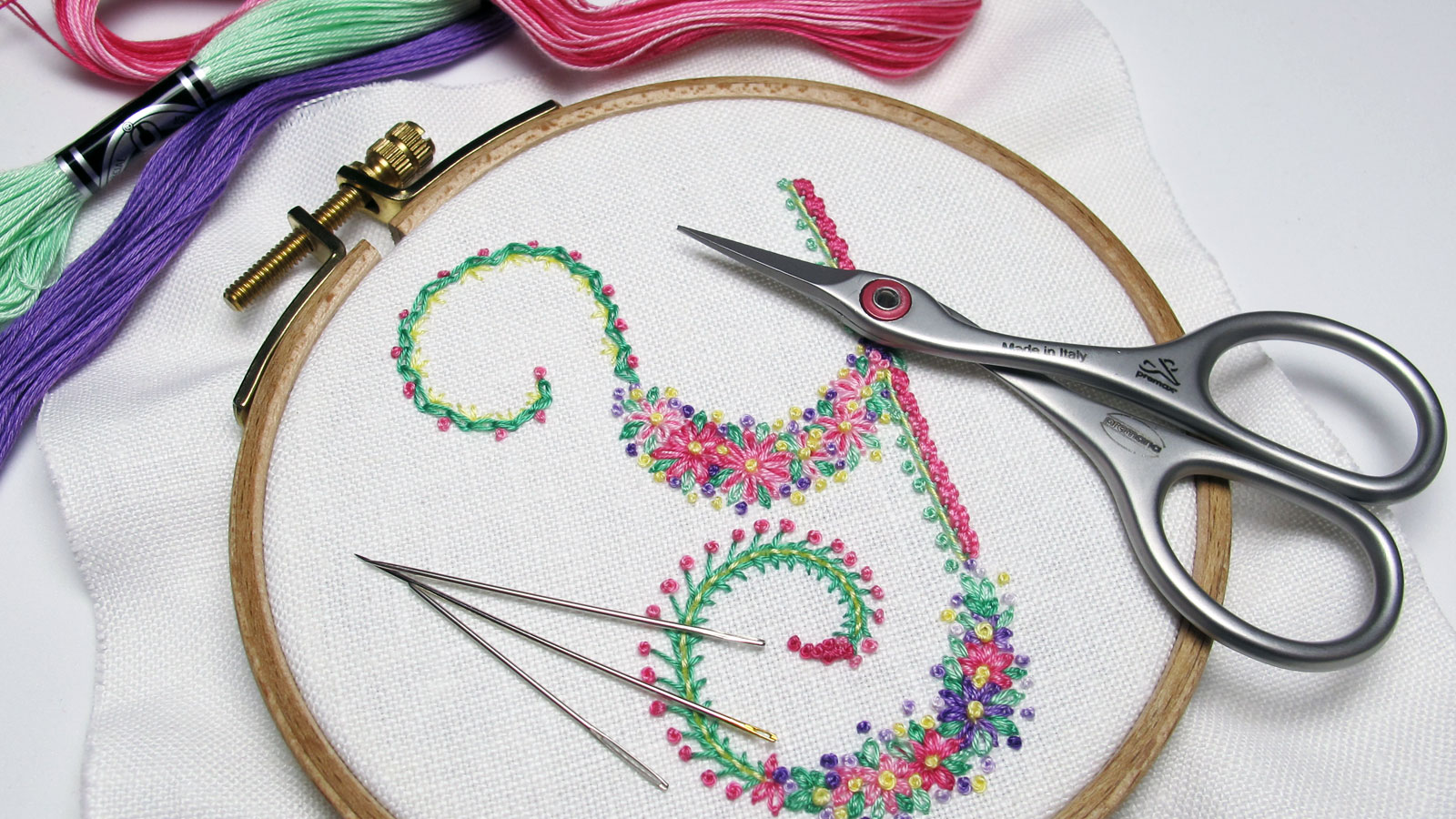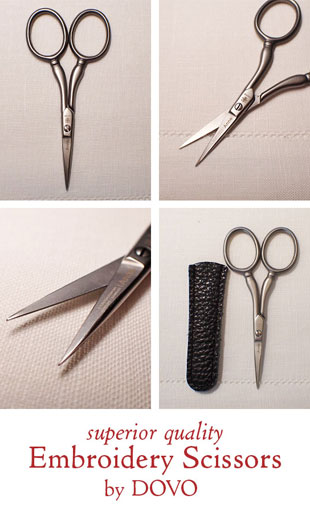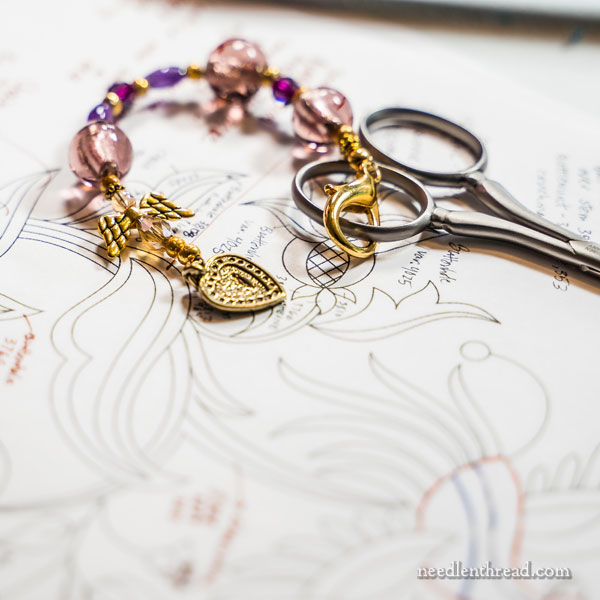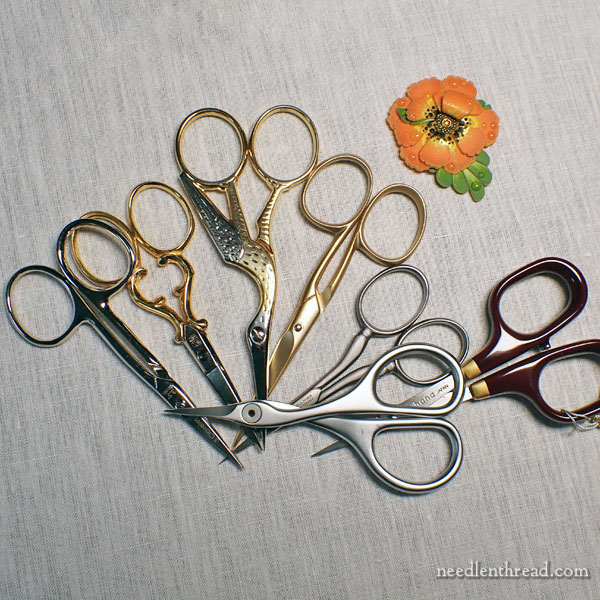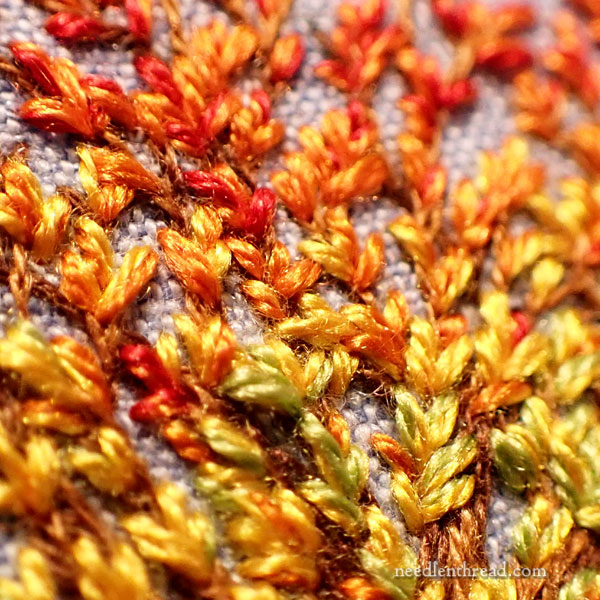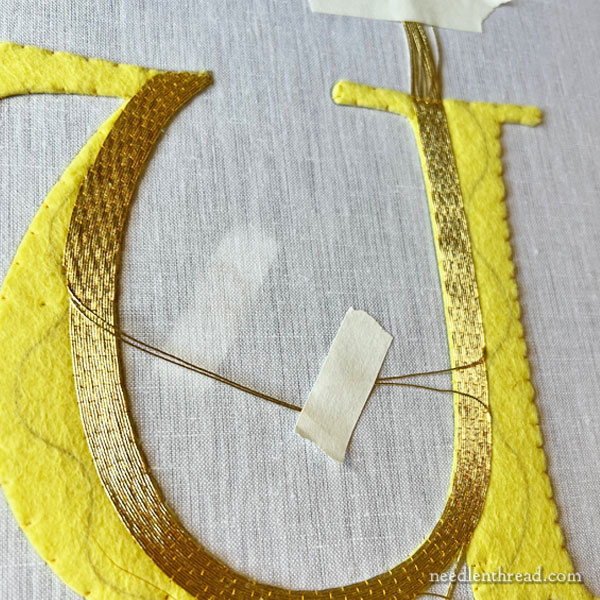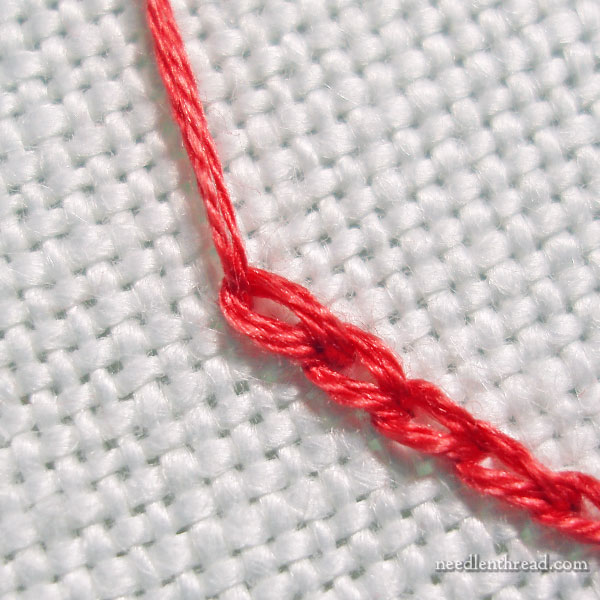August 15, 2022
Flipping a Monogram
Monograms are a fabulous way to embroider something very personal, whether it’s for yourself or as a gift for someone else.
Once upon a time, monograms were used primarily among upper classes to mark their household linens and other goods with a certain level of distinction and as a clear designation of ownership. A monogram (or decorative initials or ciphers – there’s a difference, and you can find an article on this point here) clearly stated, “Not only can I afford this quality fabric (or silver or porcelain or gilding or stonework or jewelry or carriage or what-have-you), but I can afford to have it artistically marked as mine so that no one can confuse it with anyone else’s.”
Hurray for you.
Today, monograms (using it as an umbrella term) are much more widely used and much more accessible, but their purpose is still clearly to mark something in a distinctive way, designating ownership or connection. Your monogram is personal. It represents you, and it says something about you and your relationship to this particular thing – even if it’s just a dish towel.



